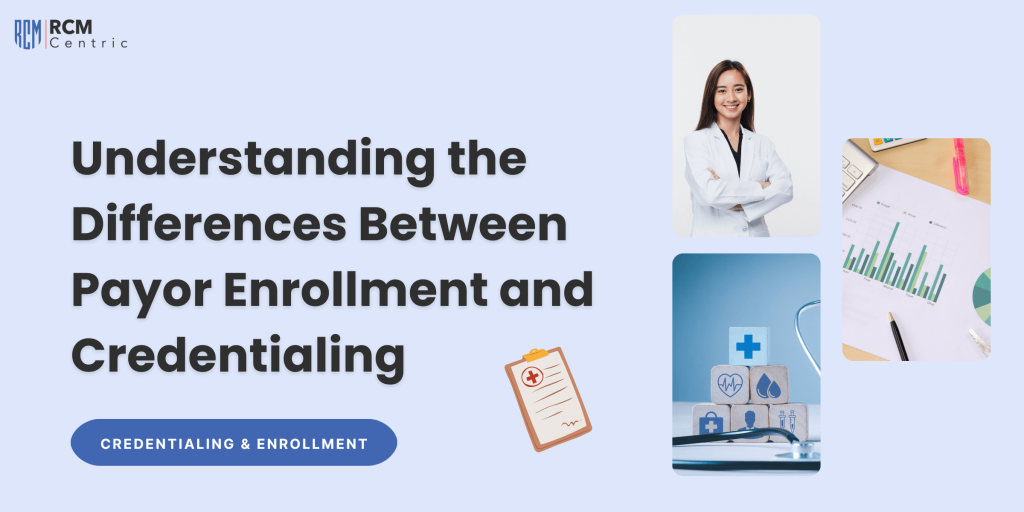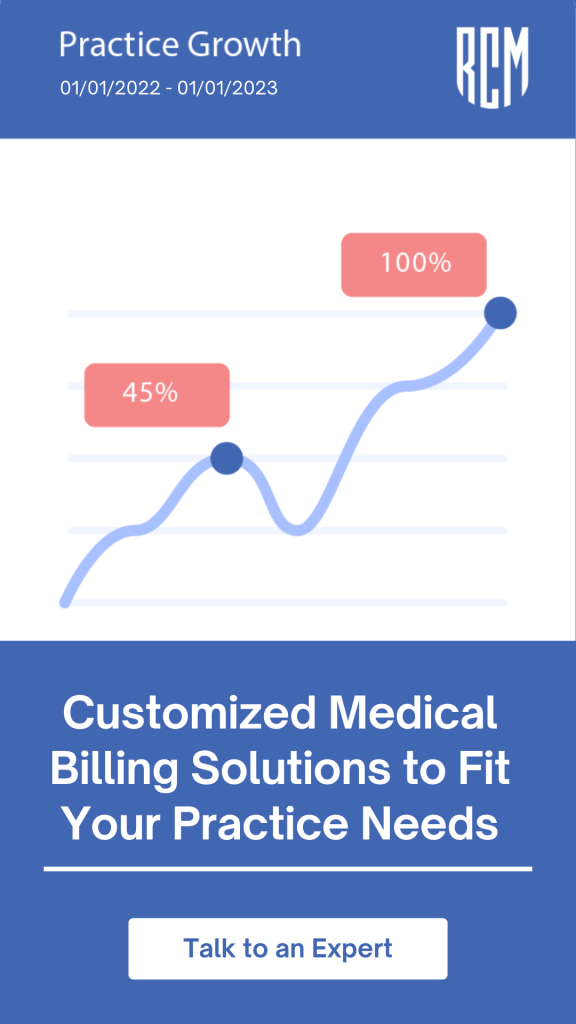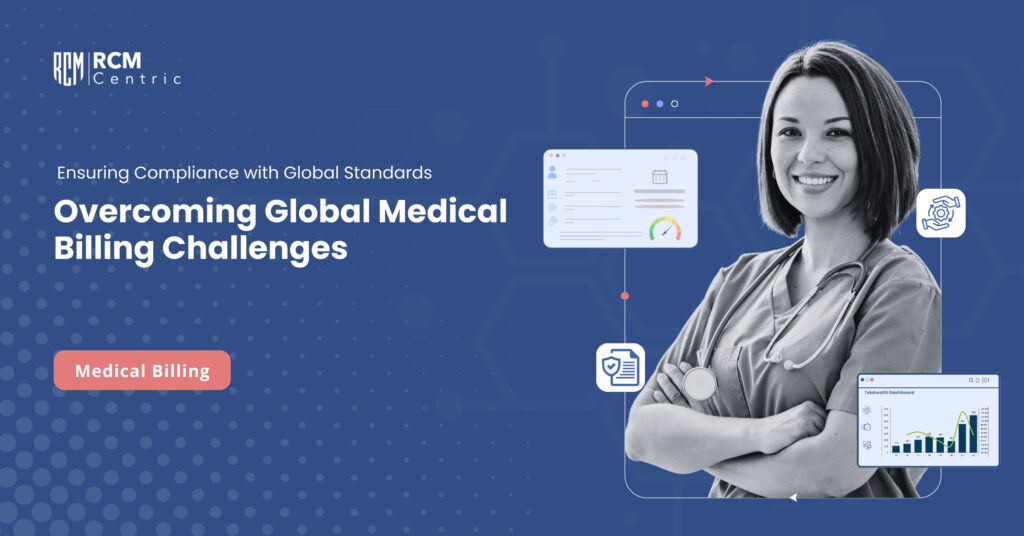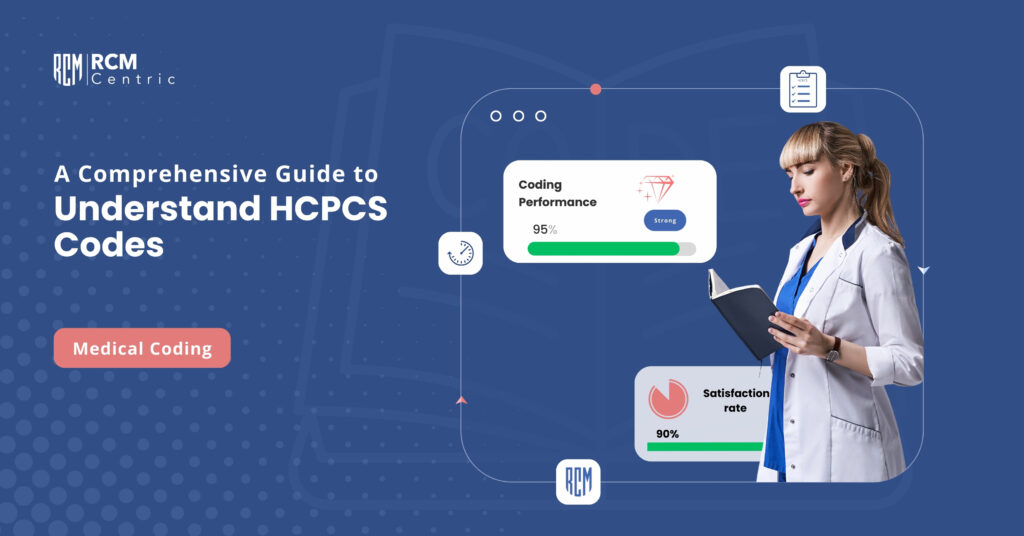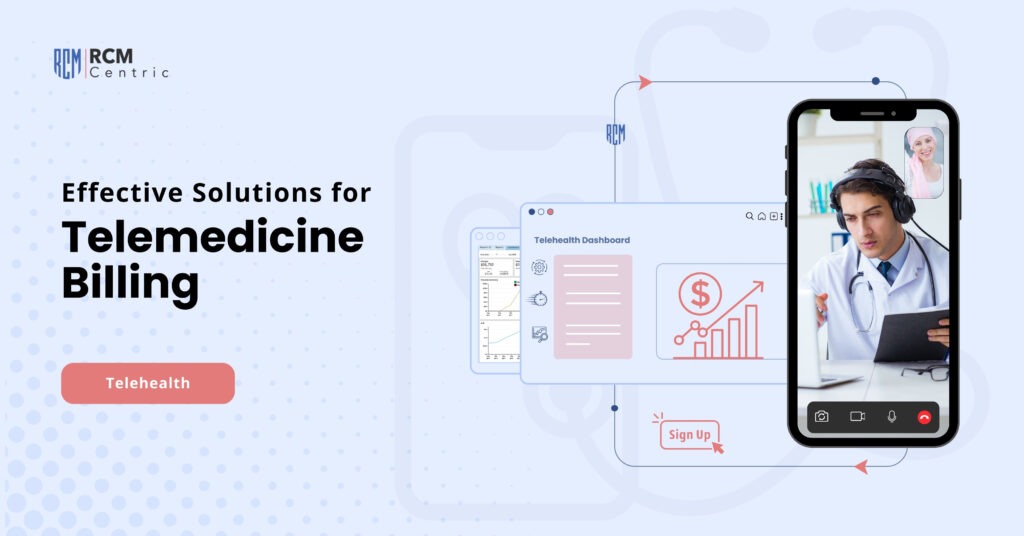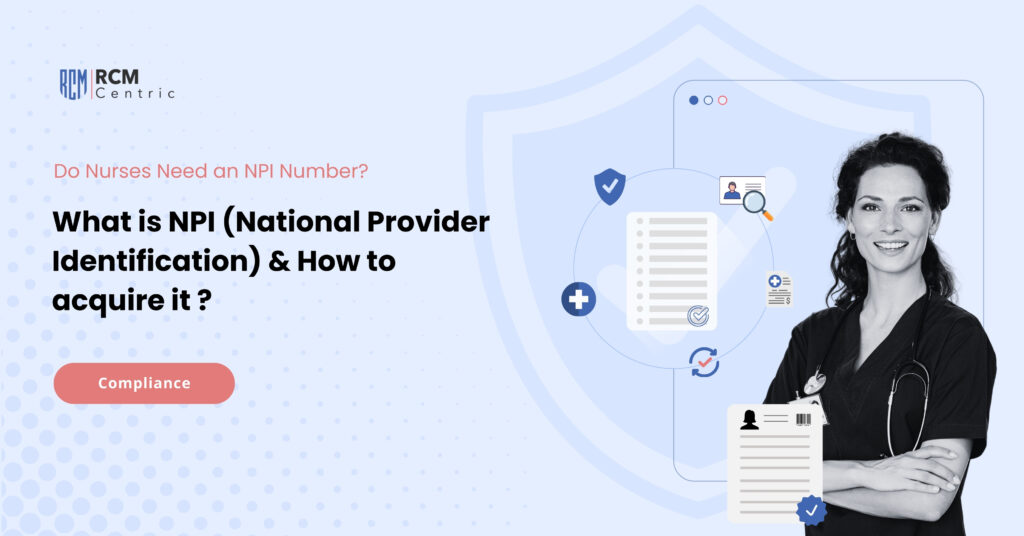Payor enrollment and credentialing are two important processes that healthcare providers must complete in order to participate in insurance networks. These processes are distinct and serve different purposes, but are often used interchangeably. Healthcare providers who wish to participate in insurance networks must complete two important processes: payor enrollment and credentialing. Although these processes are often used interchangeably, they are distinct and serve different purposes.
1 – Payer Enrollment
Payor enrollment is applying to participate in a specific insurance network. This typically involves completing an application and submitting it to the payor, along with any required supporting documentation. The payor will then review the application and determine whether to approve or deny the provider’s participation in the network. The enrollment process typically includes submitting demographic, tax, and financial information, along with other required documents. It’s also important to note that enrollment is a one-time process that must be renewed regularly.
The type of documents required for enrollment will vary depending on the payor. However, standard documents include the following:
- Provider Enrollment Application
- Valid TAX ID
- National Provider Identifier (NPI)
- Social Security Number (SSN)
- Licenses and Certifications
- Claims History
- Provider Agreement
- W-9 Form (and any other tax related forms)
- Proof of Ownership of The Practice
- Accreditation from a Recognized Accreditation Organization
It’s important to check with the payer to ensure that all required documents are submitted and that they are in the correct format. Some payers may have specific requirements for the format and content of certain documents in order to process payor enrollment application.
2 – Medical Credentialing
Medical Credentialing, on the other hand, is verifying a provider’s qualifications and credentials to ensure that they meet the payor’s standards for quality and patient care. This typically involves reviewing the provider’s education, training, professional experience, and any licenses or certifications they hold. Credentialing may include background checks, site visits, malpractice insurance information, and claims history. Credentialing is an ongoing process that occurs regularly to ensure that the provider continues to meet the payor’s standards for quality and patient care.
The type of documents required for medical credentialing will vary depending on the payor. However, standard documents include the following:
- Provider Application
- Professional Licenses and Certifications
- Education and Training Certificates
- Malpractice Insurance
- Board Certification
- National Provider Identifier (NPI)
- Social Security Number (SSN)
- DEA Number
- Updated CV or Resume
- Criminal Background Check
- Licenses and Certifications
- Claims History
- Provider Agreement
- W-9 Form (and any other tax related forms)
- Proof of Ownership of The Practice
- Accreditation from a Recognized Accreditation Organization
It’s important to check with the payer to ensure that all required documents are submitted and that they are in the correct format. Some payers may have specific requirements for the format and content of certain documents.
The healthcare credentialing process typically involves the following steps:
- The provider completes an application and submits it to the payor.
- The payor verifies the provider’s credentials, including their education, training, and professional experience.
- The payor conducts background checks and site visits, if necessary.
- The payor decides whether to approve or deny the provider’s participation in the network.
The healthcare enrollment process typically involves the following steps:
- The provider completes an application and submits it to the payor.
- The payor reviews the application and supporting documentation.
- The payor decides whether to approve or deny the provider’s participation in the network.
The benefits of credentialing and enrollment include the following:
- Increased patient access to care: Providers can reach a larger patient population by participating in insurance networks.
- Increased revenue: Participating in insurance networks can result in more patient visits and a higher reimbursement rate.
- Improved patient outcomes: Credentialing ensures that providers meet the payor’s standards for quality and patient care, which can lead to improved patient outcomes.
3 – Navigating Complex Process of Application
The benefits of both processes are numerous, including increased patient access to care, revenue, and improved patient outcomes. By completing both methods, healthcare providers can ensure that they comply with payor requirements and participate in insurance networks, which can ultimately lead to a larger patient population and a higher reimbursement rate.
Both processes involve submitting various forms and documents, such as education and training certificates, licenses and certifications, professional liability insurance, and proof of ownership of the practice. Credentialing may involve background checks, site visits, malpractice insurance information, and claims history.
To ease the burden of these processes, healthcare providers can choose to work with credentialing companies that can handle the task of payor enrollment and credentials for healthcare providers. Such companies can help providers navigate the complex process and stay compliant with the ever-changing requirements of payors. They can also help providers stay compliant with the ever-changing needs of payors.
RCM Centric credentialing team can handle the payor enrollment and credentialing task for healthcare providers. Some of the best reasons to why choose RCM centric for your credentialing and enrollment process include the following:
- Streamline the process
- Time-saving & cost-effective
- Increased revenue
- HIPAA Compliance
- 100% Accountability
- Experienced team
- Instant updates and reporting
- 24/7 Customer support
- Customized solution
RCM Centric can help providers navigate the complex process of payor enrollment and credentialing and can also help providers stay compliant with the ever-changing requirements of payors. Choosing a credentialing company that is experienced and has a good reputation ensures that healthcare providers are credentialed and enrolled with insurance networks quickly and efficiently.
Conclusion
In conclusion, Payor enrollment and credentialing are separate but equally essential processes for healthcare providers who wish to participate in insurance networks. Payor enrollment is applying to participate in a specific insurance network. At the same time, credentialing is verifying a provider’s qualifications and credentials to ensure they meet the payor’s standards for quality and patient care.

